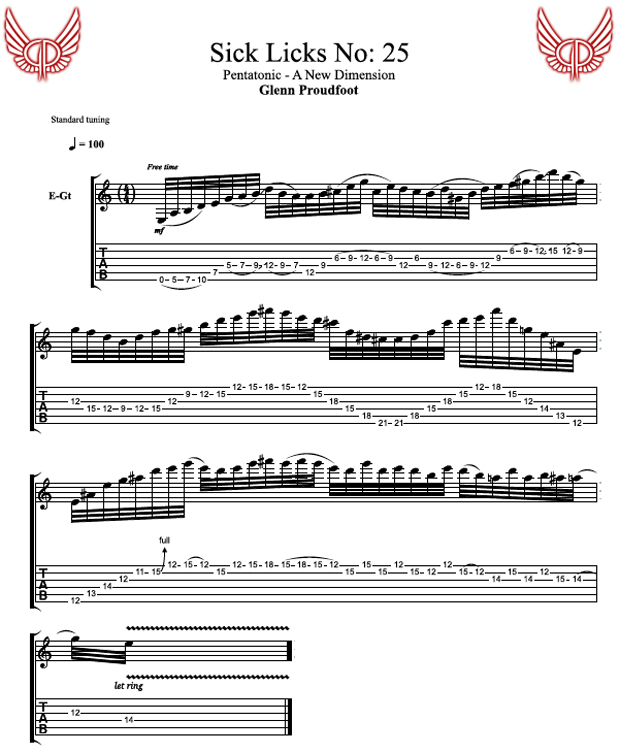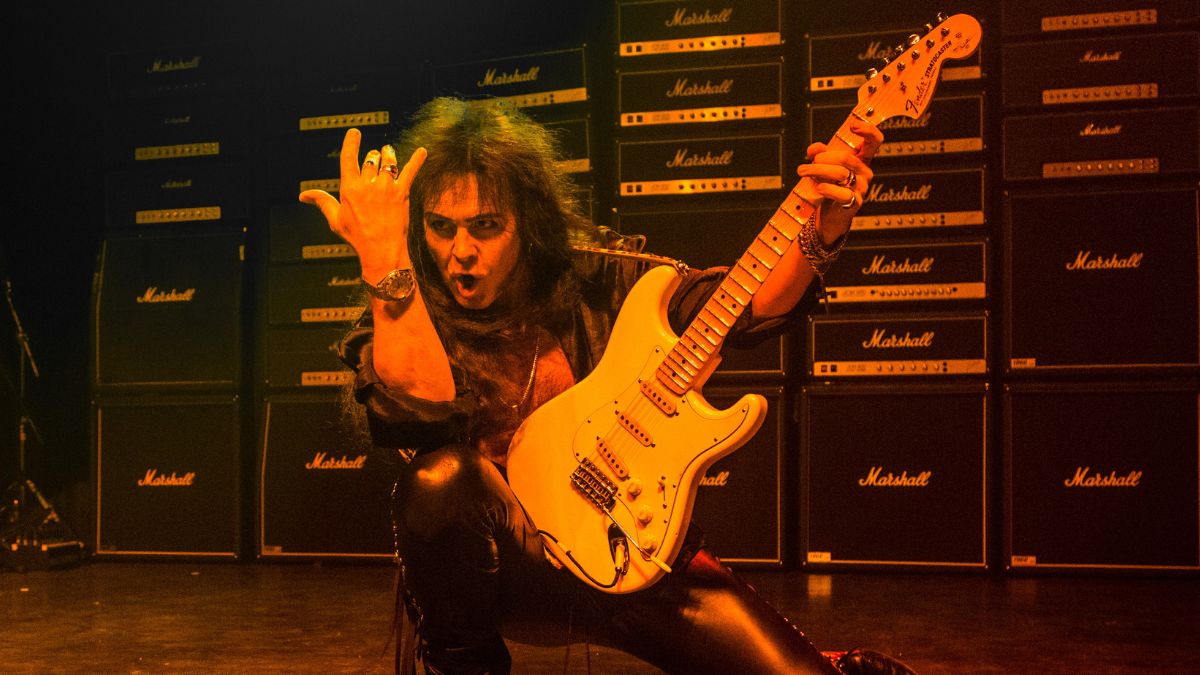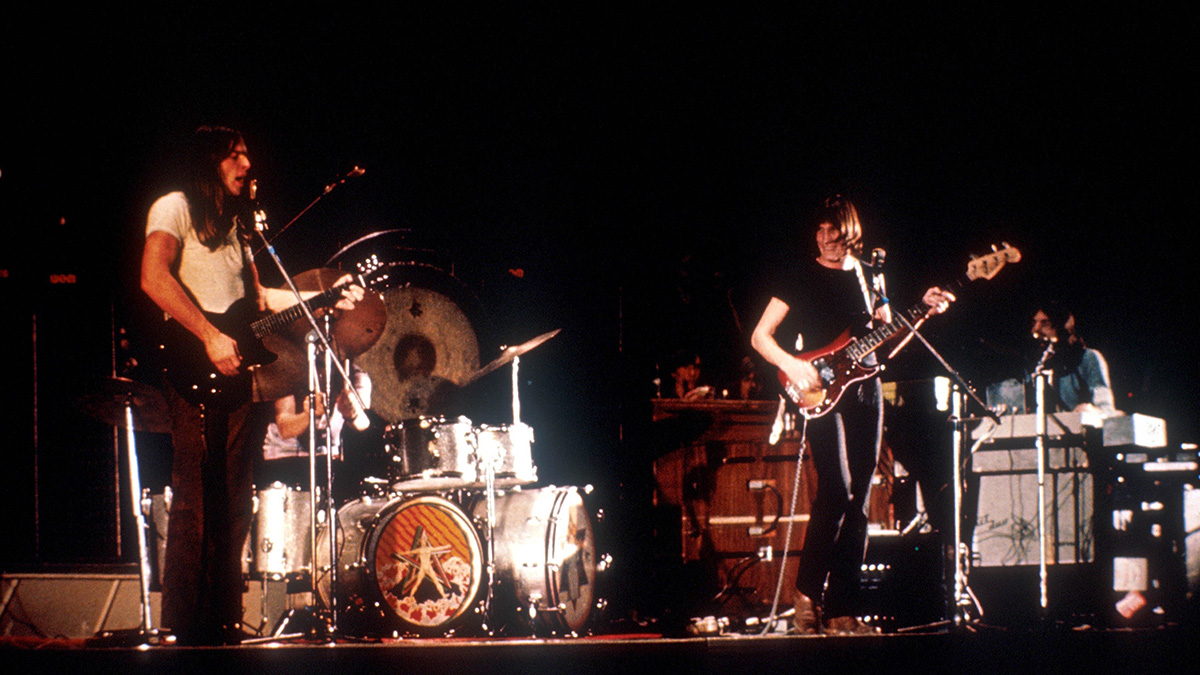Sick Licks: The Pentatonic Scale — a New Dimension

The more I experiment and practice developing my style, I find that I start to branch out further, tonally. But one thing remains consistent, and that's my use of the pentatonic scale.
Like I've said many times, I use the pentatonic scale like my road map so I don’t get lost when playing runs and licks like this one (below).
I tend to base the runs around the pentatonic shapes or boxes, so even if I'm not using the pentatonic, I'm constantly thinking about what box of the pentatonic I'm passing through (or in) when playing runs. This enables me to switch in and out of different scales very freely. You can apply this thinking to any scale, not just the pentatonic.
This particular run is a great example of how far you can push the tonal boundaries of the pentatonic. Like I said, although I'm using other tonalities, I'm still thinking pentatonic.
I create this sound by using a mixture of pentatonic-, diminished- and augmented-type scales, but I always tie it back to the pentatonic. This is because when you play outside of the tonal core, you must be mindful that if you do it for to long, you might lose the listener. It's best to do this in short bursts, like a jazz guitarist would, to maximize the impact and keep it musical.
The Lick (I'm basing this lick around the E minor pentatonic)
It's essential to break this lick apart to make it easier to digest the techniques and stretches. There are three major techniques happening here: legato, arpeggios/sweep picking and wide intervalic playing.
Get The Pick Newsletter
All the latest guitar news, interviews, lessons, reviews, deals and more, direct to your inbox!
My suggestion to break this down would be the following:
01.Focus on the arpeggio then legato pattern that starts from the 12th fret of the A string. This is a 14-note section. The legato, coupled with the wide intervals, can prove to be very difficult. Make sure your left hand thumb is right behind the neck to maximize your stretch. Be mindful to keep a nice, even flow with the legato pattern. This particular legato pattern is something I use a lot in soloing. When applied to the right tonalities, it creates a very "outside" feel and sound.
02. Focus on the series of six-string arpeggios that start from the 12th fret of the high E string. This section, once again, has some very wide intervals. Make sure your thumb is still right behind the neck to maximize your stretch. In order to master this kind of arpeggio, you really need to memorize the shapes they create, as it can be information overload if you immediately try and play them fast. Focus on the first two arpeggios; they start and end on the 12th fret of the high E. This will give you a feel for this technique. From there, move on. It's better to move through them very slowly while making a point to recognize the shapes and patterns. This will help you not only in mastering this lick but in ripping them out at anytime while soloing!
I hope you enjoy! Please join me on YouTube here.

Australia's Glenn Proudfoot has played and toured with major signed bands and artists in Europe and Australia, including progressive rockers Prazsky Vyber. Glenn released his first instrumental solo album, Lick Em, in 2010. It is available on iTunes and at glennproudfoot.com. Glenn was featured in the October 2010 issue of Guitar World and now creates "Betcha Can’t Play This" segments and lessons for GW. Glenn also has a monthly GW column, "Loud & Proud," which offers insight into his style and approach to the guitar. Glenn is working on a project with Ezekiel Ox (ex Mammal) and Lucius Borich (Cog), which is managed by Ted Gardner, ex-Tool and Jane's Addiction manager. The band has done pre-production on 22 tracks and is set to hit the studio and finish their first studio album. The album is set for release in 2012. Glenn also is working on the followup to his debut album; it, too, will be released in 2012.









